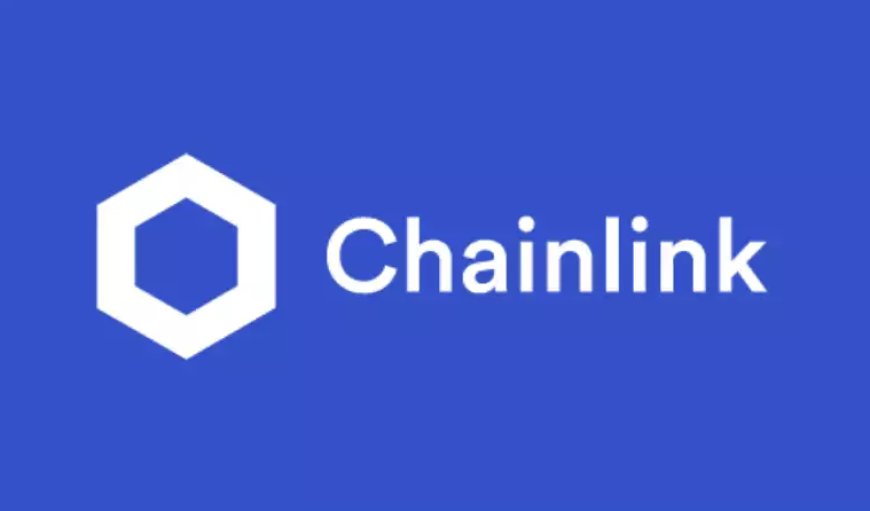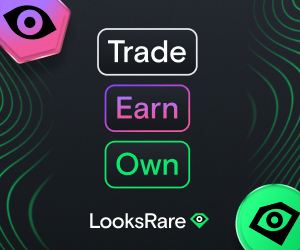What is Chainlink: A guide to the decentralized oracle network that connects blockchains
Chainlink, the industry-standard Web3 services platform connecting the people, businesses, and data.

Chainlink, in its essence, serves as a robust technological solution that facilitates the interaction between blockchain platforms and enterprises not directly integrated into the blockchain.
This means that businesses that aren't native to the blockchain ecosystem can seamlessly connect with blockchain networks, and this is where Chainlink's significance truly shines. Chainlink has a strong community of token holders with more than 1 million followers on X. The current price of Chainlink (LINK) can be found by accessing the live pricing widget.
What is Chainlink?
The main purpose behind Chainlink is to help smart contracts automate data transfer between blockchains. (source)
Chainlink, as an oracle network, facilitates smart contracts' access to external data sources, enhancing the applicability of blockchain technology smart contract operations. Chainlink is bridging the gap between on-chain and off-chain data.
It also has a LINK currency which delivers collateral for all the agreements in the form of smart contracts. Not every business uses the blockchain, but it might need to access Solana, Ethereum and other blockchains.
As a Web3 service platform, Chainlink does an excellent job of enabling transactions and giving access to real world data across any blockchain.
The platform incentivizes data providers which are also called oracles to provide accurate data. The way it does so is by offering a reputation score to each oracle, along with LINK tokens. So the more accurate the data is, the better the reward they receive.
How does Chainlink work?
The first thing that happens is all Chainlink users are drafting a service-level agreement that specifies data requirements. Once parameters are set, the users are sending the agreement and deposit the LINK crypto, after that, the system accepts bids from oracles.
During the data reporting process, oracles will connect to the external resources to acquire the data needed in the service level agreement. All that data is processed by oracles, and then it’s sent to contracts that run on Chainlink’s blockchain. Then all the results acquired by oracles are tallied, and they are returned to the aggregation contract. That contract takes all the responses and checks their validity, a weighted score is assigned to every oracle and the process is finished. (source)
Chainlink decentralized oracle network features
When you browse the crypto news Chainlink, you will see the platform comes with many upgrades. It has complete support for decentralized data feeds. Chainlink delivers automation too, which means its smart contracts can be used to automate many critical functions. There’s also cross-blockchain interoperability which can be very helpful if you want to exchange tokens and messages or perform all kinds of actions. It’s also possible for apps to access cryptography features in order to further enhance security.
Chainlink is an oracle network and it features small entities called oracles. Their purpose is to help connect the blockchain with multiple external systems.
That’s how the smart contracts are able to perform tasks outside of the original blockchain.
breakdown of Chainlink's key functions:
-
Automation Capabilities: Chainlink smart contracts are equipped to automate critical processes and event-driven tasks, offering efficiency and reliability for businesses
-
Verifiable Randomness: Applications, like web3 games, can rely on Chainlink to provide secure randomness, ensuring fair and transparent outcomes.
-
Cross-Blockchain Interoperability: Chainlink acts as a bridge between different blockchain platforms, enabling seamless communication, token exchanges, and the execution of specific actions across various chains.
Chainlink token
The Chainlink token is called Link and it has a market cap of $3,169,527,466. The total supply for this is 1,000,000,000 LINK, and the circulating supply is 538,099,970 LINK.
At the time of writing, LINK is at around $5.89. Unlike other cryptocurrencies which are very unstable, LINK has managed to retain its pricing very well over the years, and that’s why it’s still one of the top tokens you can access right now.
Chainlink is different from Ethereum, even if some might see a few similarities between them. If anything, Chainlink complements ETH since it helps ETH project communicate with off-chain data. And while ETH tokens can be used on smart contracts, purchases and to pay miners, the LINK tokens just help pay node operators within the network.
Conclusion
The main role of Chainlink is to help deliver better blockchain support and assist businesses in growing and expanding. In addition, having off-chain information is very helpful, Chainlink also helps incentivize node operators thanks to its own cryptocurrency. Chainlink is popular because it helps decentralize the system, while also making it easy to integrate the blockchain in many industries that would be hard to access otherwise. Despite the oracle name, Chainlink has nothing to do with the Oracle company, instead, the intermediaries called oracles are a different entity.
Official Chainlink website: https://chain.link/










